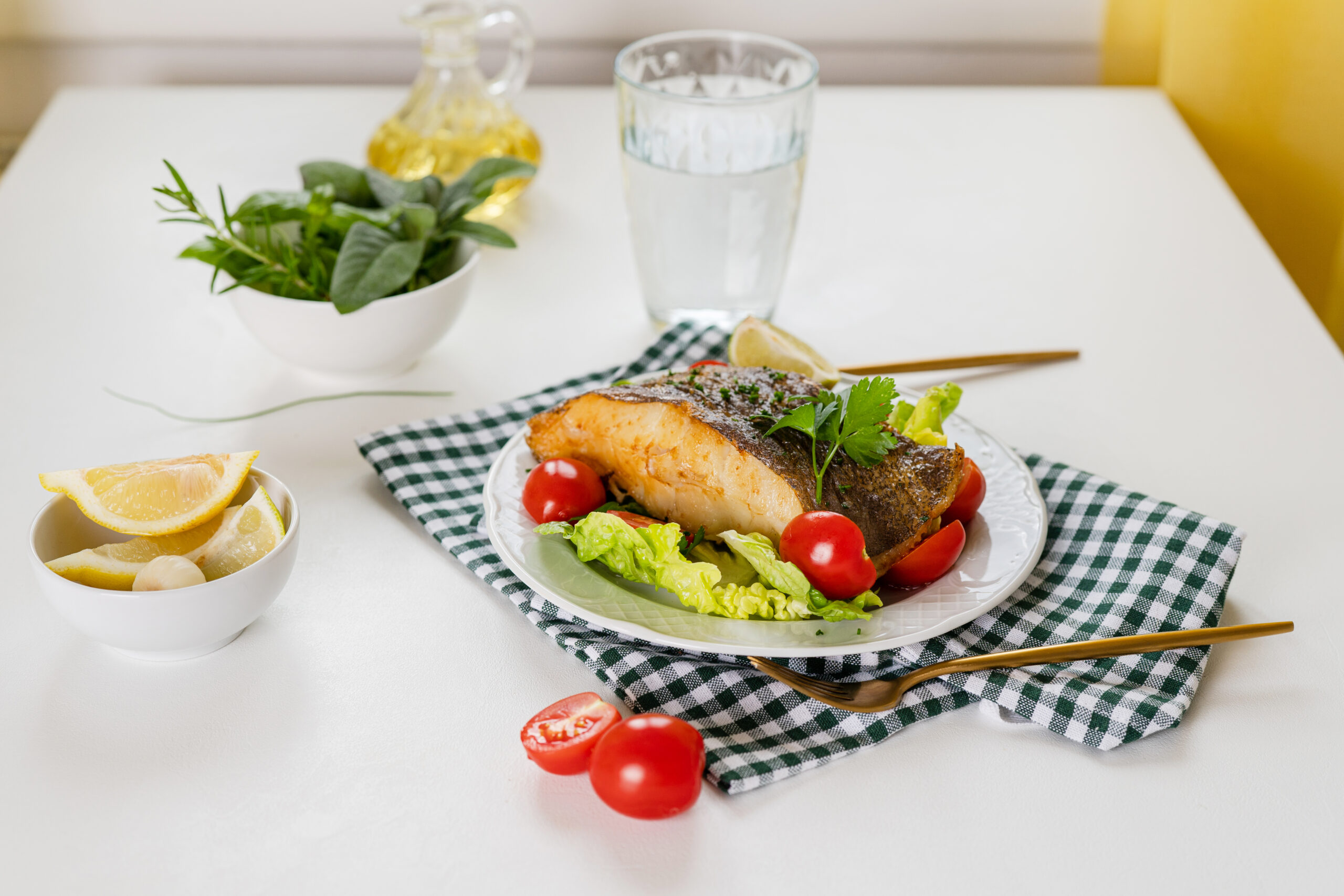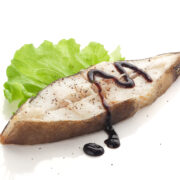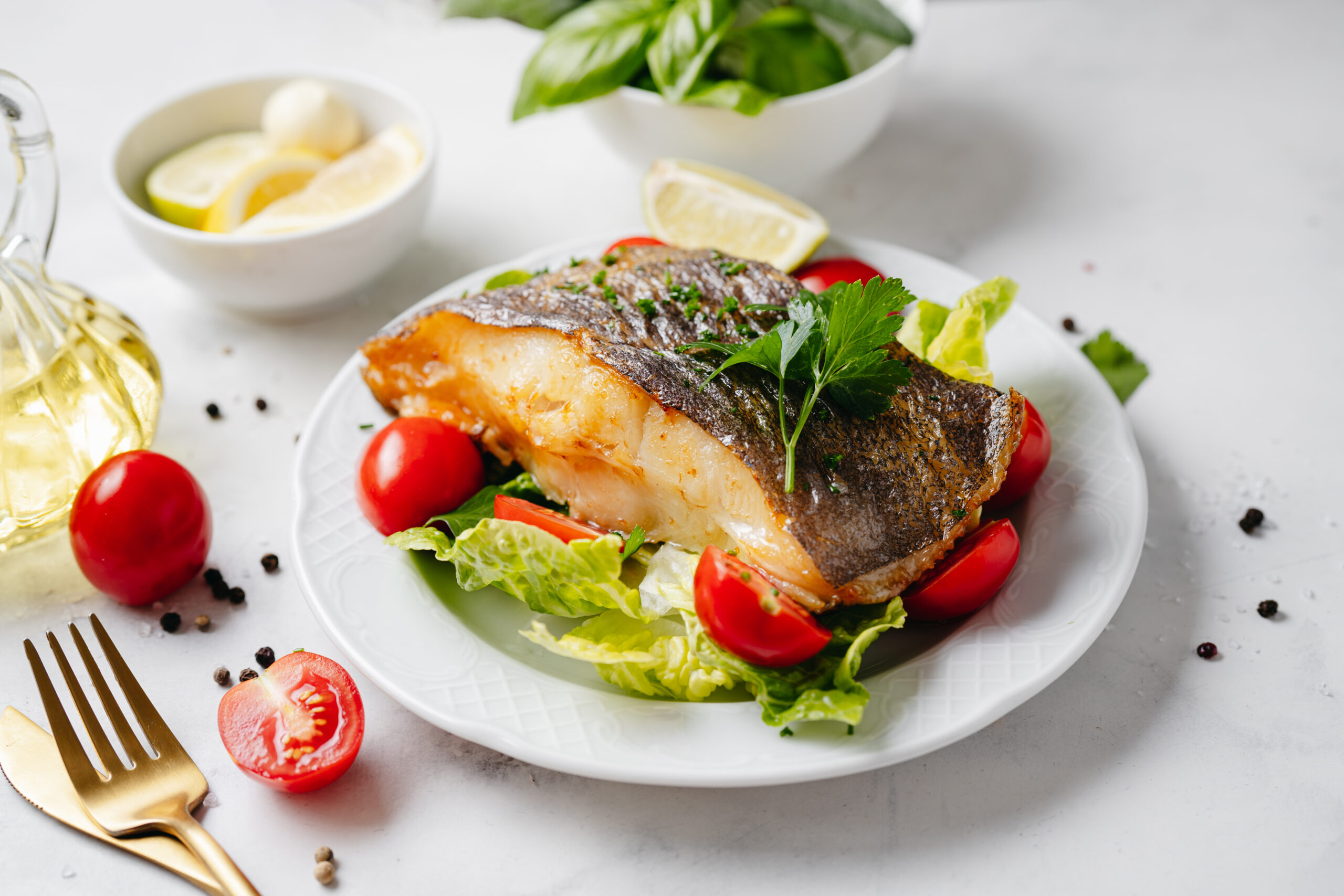Where healthy eating is concerned, halibut is an excellent complement to a healthy diet because it is high in omega 3 fatty acids. With all the goodness you can typically expect from fish-based recipes, when cooked in the right method and using the right ingredients, the possibilities for flavor are endless, and you can always anticipate satisfying results.
This article will walk you through ideal processes to employ when cooking halibut for the best results. You’ll also learn some really helpful tips and suggestions, as well as some notes on ideal timing for desirable results.

Tips for cooking halibut
When cooking halibut, regardless of your preferred cooking method, the following tips will help you achieve mouthwatering results:
Select firm, fresh fillets – When selecting halibut fillets, look for firmer fillets with a fresh, ocean-like aroma. Before seasoning and baking, run your fingers over the fillets to check for any little microscopic bones and remove them.
Extra note on buying halibut – Always ask to smell the fish before buying it, including halibut. It shouldn’t have a fishy or ocean-like odor, and that is how you can tell if you have a great piece. Frozen fish should be consumed as soon as possible after thawing.
A note on marinating – While marination does not require a lot of extra time, even 10-20 minutes will allow the spice tastes to permeate and produce a more luscious product.
The trick to cooking excellent halibut is to use a lot of seasoning and flavor profiles that complement each other. The flavorful ingredients will penetrate the halibut, leaving it moist and tasty.
Depending on the thickness of your fish, you can either leave the halibut in the seasoning for a few minutes to marinate (15-20 minutes works well), or you can skip the marination and go right to cooking.
Herb suggestions for extra flavor – One of the most popular taste combinations for fish is dill and lemon; thus, conclude with a flourish of fresh chopped dill and lemon slices. Green onion, parsley, chives, rosemary or thyme, a pinch of oregano, or even basil can be used.
Poaching! One way to retain moisture in your halibut – When it comes to hitting that sweet spot of doneness, poaching your fillets in liquid, steaming them in a pocket of parchment paper, and utilizing the right kitchen tools can all help your halibut keep moisture while also buffering it from the harsh heat of your stove.
Poaching your fish in a liquid of your choice — olive oil, broth, wine, milk, whatever best complements the dish’s other components — is a method that uses mild, even heat to cook it. Wild-caught halibut fillets can be poached on the stove or in the oven.
Ideal timing, if you choose to bake – For a 6-ounce fillet, you’ll find that about 10 minutes at 425° is a reasonable starting point. When pressed, the fillets should be opaque in the center and yet moist, with a soft “flake” to them and a very slight firmness in the center. Then, add a bit of extra golden color for the last 2 to 3 minutes under the broiler.
Ideal internal temperature for halibut – It’s critical to know where you’re heading before you begin. Determine your desired internal temperature and strive to achieve it as closely as feasible. A perfect medium (130 to 135°F) is ideal for a firm but flaky fish, and it will be opaque but not shiny or pink in the center. If you prefer rare or medium-rare, go for temperatures of 120°F for rare and 125°F for medium-rare.
When grilling halibut over high heat, keep in mind that as the fish rests, latent heat on and just beneath the surface will make its way to the center, raising the internal temperature by up to 5°. Also, to account for carryover cooking, remove your halibut from the flame 5° before it reaches your desired temperature.
View this post on Instagram
Cooking Time for Halibut
The time to cook up halibut recipes largely depends on the size of your fish, your preferred cooking method, and the temperature you decide to use. Generally, you can follow the guidelines in the table below for desirable results when cooking halibut:
| Cooking method | Cooking time |
| Baked halibut | 10 minutes at 425 F |
| Grilled halibut | 90 seconds on each side, with an additional 2 to 3 minutes |

Baked halibut recipe (4 servings)
Ingredients
- 2 large garlic cloves, pressed through a garlic press
- 1 teaspoon of Dijon mustard
- 1 teaspoon of lemon juice
- ½ teaspoon of lemon zest
- A pinch of paprika (about ⅛ – ¼ teaspoon)
- Salt
- Black pepper
- 2 tablespoons of olive oil
- 4 (6 ounces) skinless halibut fillets
- Fresh dill, chopped to garnish with
- Lemon slices or wedges, on the side
Instructions
- Preheat the oven to 425 degrees Fahrenheit, prepare a baking sheet with parchment paper or foil and place the oven rack in the middle of the oven. (If using parchment, cut it to fit your baking sheet perfectly, leaving no overhang.)
- Prepare the marinade/seasoning in a small ramekin by blending the pressed garlic cloves, Dijon, lemon juice and zest, paprika, and a few good pinches of salt and pepper with a fork; slowly drizzle in the olive oil, 1 tablespoon at a time, until mixed.
- Place the halibut fillets on the prepared baking sheet and brush (or pour) the spice mixture over each fillet. If you have a few minutes, let the fish marinate for 10 to 20 minutes.
- Place the seasoned fillets in the oven and bake for 10 to 12 minutes; then, turn the oven to “broil” and broil for 2 to 3 minutes, or until the fish has a little color and is soft, flaky, and cooked through (the broiler beneath the oven should not be used.)
- Finish with a sprinkling of fresh dill, lemon slices or wedges, and your favorite side dish.
Notes
This baked halibut recipe yields delicious results, and another great advantage is the short cooking duration. The entire cooking duration lasts for 25 minutes, including a 10 minute prep time and 15 minute cooking time.
If you need more ideas on how to cook halibut for delicious results, try this video recipe.
